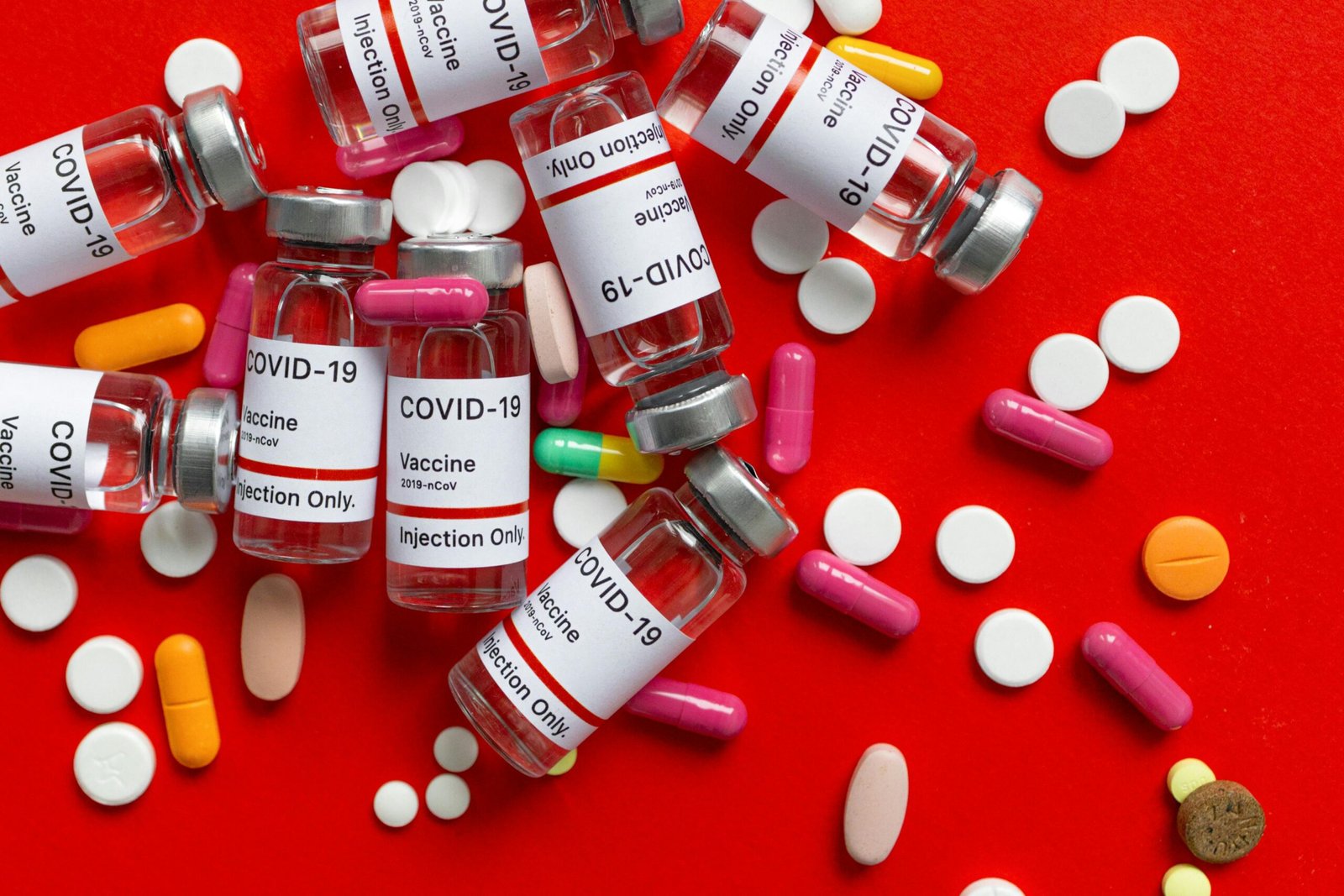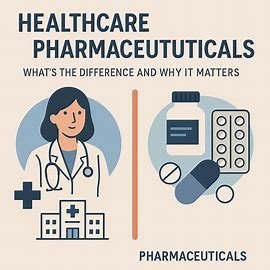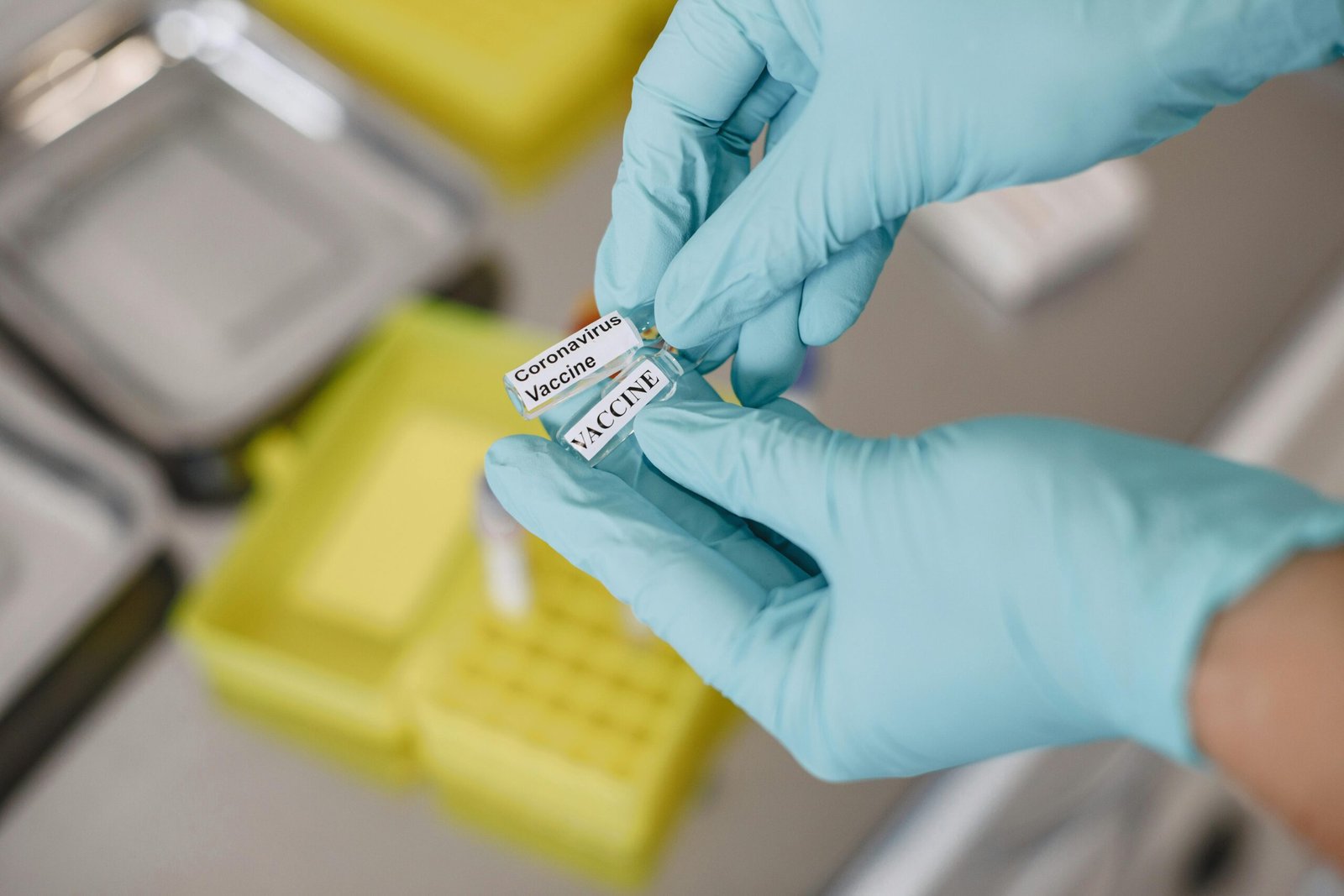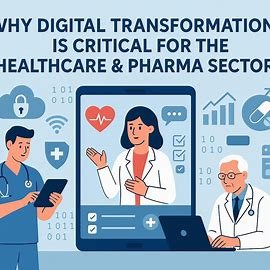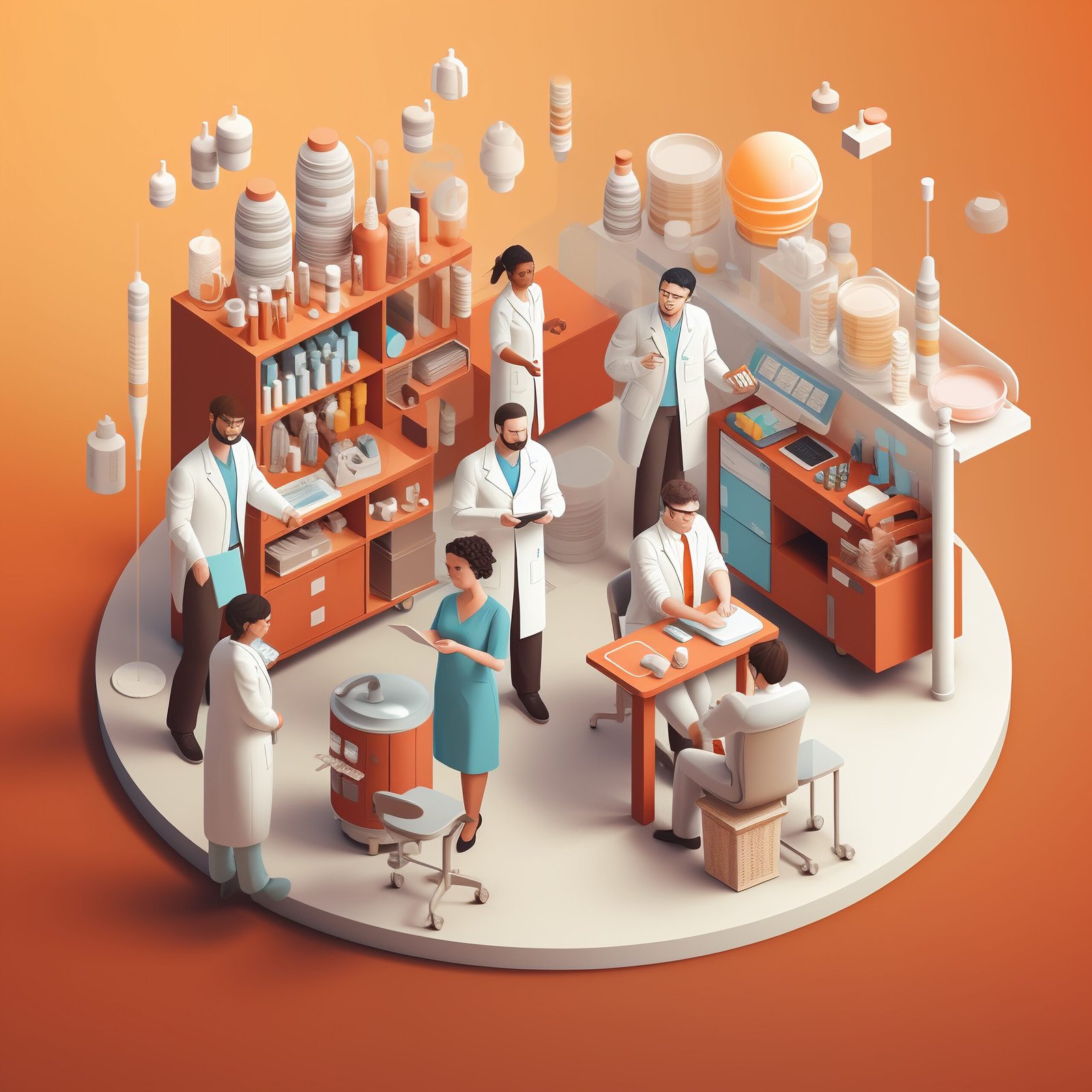Introduction
Pharmaceuticals are one of the cornerstones of modern medicine, offering solutions that save lives, prevent diseases, and improve the quality of life for billions of people around the world. From essential antibiotics to life-saving cancer treatments, pharmaceuticals are at the center of global healthcare systems. However, access to these medicines remains uneven. While developed nations benefit from advanced therapies, millions in low- and middle-income countries struggle to obtain even the most basic drugs.
The role of pharmaceuticals in improving global healthcare access is both complex and critical. On one hand, innovation in drug development brings hope for curing chronic diseases and managing public health crises. On the other, affordability, supply chain challenges, and healthcare inequalities hinder their universal availability. Understanding how pharmaceuticals contribute to healthcare access allows us to see both the opportunities and the barriers that must be addressed to achieve health equity.
This comprehensive article explores the multiple dimensions of pharmaceuticals in global healthcare: their importance, accessibility challenges, innovative approaches, supply chain systems, policy frameworks, and future trends. By examining these aspects, we gain insight into how pharmaceuticals can truly transform healthcare access worldwide.
Section 1: The Importance of Pharmaceuticals in Global Healthcare
1.1 Pharmaceuticals as a Foundation of Modern Medicine
Pharmaceuticals are essential for preventing, managing, and treating diseases across all populations. From common painkillers and vaccines to advanced biologics, medications empower healthcare providers to improve outcomes and extend life expectancy. In fact, global studies suggest that pharmaceuticals are directly responsible for significant reductions in mortality from infectious diseases and chronic illnesses alike.
For example, antibiotics have drastically lowered deaths from bacterial infections, while vaccines against measles, polio, and COVID-19 have prevented millions of deaths. Likewise, cardiovascular medications have improved survival rates among patients with heart disease. These contributions show how pharmaceuticals serve as a cornerstone of both preventive and curative care.
1.2 Impact on Public Health and Quality of Life
Beyond saving lives, pharmaceuticals improve overall well-being by enabling patients to manage chronic conditions and lead productive lives. For instance:
- Antiretroviral therapy (ART) has transformed HIV from a fatal diagnosis into a manageable chronic illness.
- Insulin allows millions of diabetics to regulate blood sugar and avoid complications.
- Mental health medications provide stability for individuals with depression, anxiety, or schizophrenia.
These examples highlight that pharmaceuticals not only address immediate health concerns but also support long-term health, productivity, and economic participation.
Section 2: Challenges to Global Access to Pharmaceuticals
2.1 Economic Barriers and Affordability
One of the primary challenges in global healthcare access is the affordability of medicines. High drug prices, especially for patented and specialty drugs, make them inaccessible for many. According to the World Health Organization (WHO), nearly 2 billion people worldwide lack access to essential medicines.
Factors contributing to high costs include:
- Research and development (R&D) expenses.
- Intellectual property protections limiting generic production.
- Distribution and supply chain costs.
For example, cancer treatments can cost thousands of dollars per month, putting them out of reach for patients in low-income regions. Addressing affordability remains critical for equitable access.
2.2 Supply Chain and Distribution Inefficiencies
Even when affordable medicines exist, distribution barriers often prevent them from reaching patients in need. Challenges include:
- Poor infrastructure in rural and remote regions.
- Weak cold chain systems for temperature-sensitive drugs like vaccines.
- Delays caused by geopolitical instability or natural disasters.
A 2020 study on sub-Saharan Africa revealed that stockouts of essential medicines were common in public hospitals, leaving patients without treatment options. Supply chain inefficiencies highlight the importance of strengthening logistics for reliable healthcare access.
2.3 Regulatory and Policy Barriers
Differences in regulatory frameworks across countries slow down the availability of new medicines. Lengthy approval processes, lack of harmonization, and corruption in some regions further restrict access. Additionally, restrictive patent laws can prevent the timely production of affordable generic versions.
These barriers demonstrate the need for international cooperation to streamline regulations and ensure equitable access to medicines across borders.
Section 3: Pharmaceutical Innovations and Their Global Impact
3.1 Advances in Drug Development
Innovation is reshaping the pharmaceutical landscape, leading to more effective and targeted therapies. Breakthroughs include:
- Biologics and biosimilars for conditions like cancer and autoimmune disorders.
- Gene therapies that address the root causes of genetic diseases.
- mRNA vaccines, such as those developed during the COVID-19 pandemic.
These advancements show the transformative power of pharmaceuticals in global healthcare. However, their high costs and specialized manufacturing processes often limit access in low-income regions.
3.2 Role of Generics and Biosimilars in Expanding Access
Generic medicines and biosimilars play a critical role in making pharmaceuticals affordable and accessible. Once patents expire, generic manufacturers can produce equivalent drugs at a fraction of the price. According to WHO, generic medicines account for over 80% of prescriptions in many countries, significantly reducing costs for patients and healthcare systems.
For example:
| Type of Drug | Brand Name Price | Generic Price | Cost Savings |
|---|---|---|---|
| Cholesterol Medication (Statins) | $100/month | $10/month | 90% cheaper |
| Antibiotic (Amoxicillin) | $20/course | $2/course | 90% cheaper |
| Biologic (Insulin Analog) | $300/vial | $50/vial (biosimilar) | 83% cheaper |
This demonstrates how generics and biosimilars enhance affordability and improve global healthcare access.
3.3 Digital Health and Smart Pharmaceuticals
Digital technologies are enhancing pharmaceutical effectiveness and accessibility. Examples include:
- Smart pill technology that monitors patient adherence.
- Telepharmacy services delivering drugs to remote areas.
- AI-driven drug discovery accelerating the development of affordable medicines.
These innovations combine technology with pharmaceuticals to create more sustainable and inclusive healthcare solutions.
Section 4: Strengthening Pharmaceutical Supply Chains
4.1 Building Resilient Distribution Networks
Strong supply chains are vital for ensuring uninterrupted access to medicines. Key strategies include:
- Expanding local pharmaceutical manufacturing capacity.
- Investing in cold chain infrastructure for vaccines.
- Developing regional stockpiles for emergencies.
For instance, during the COVID-19 pandemic, countries with robust local production, such as India, were better able to ensure medicine availability compared to those reliant on imports.
4.2 The Role of International Organizations
Organizations like the WHO, UNICEF, and the Global Fund play a central role in supporting medicine distribution. They provide funding, technical assistance, and large-scale procurement of essential medicines for developing countries. Programs like COVAX ensured equitable vaccine distribution during the pandemic, though challenges remain in achieving full equity.
4.3 Public-Private Partnerships (PPPs) in Supply Chains
Collaboration between governments, NGOs, and pharmaceutical companies enhances efficiency and access. PPPs have successfully delivered antimalarial drugs, HIV treatments, and vaccines to underserved regions. Such partnerships align commercial interests with humanitarian goals, bridging gaps in global healthcare systems.
Section 5: Policies and Ethical Considerations
5.1 The Role of Governments in Ensuring Access
Governments play a pivotal role in regulating, subsidizing, and ensuring access to pharmaceuticals. Effective policies include:
- Price controls to make drugs affordable.
- National health insurance programs covering essential medicines.
- Incentives for local manufacturing to reduce dependency on imports.
For example, Brazil’s government-supported generic drug program significantly improved access for millions of citizens.
5.2 Ethical Challenges in Pharmaceutical Access
The pharmaceutical industry often faces ethical dilemmas balancing profit and patient access. Issues include:
- Pricing models that prioritize profit over affordability.
- Delays in generic drug releases due to extended patent protections.
- Unequal access to lifesaving medicines during global crises.
These ethical challenges require transparent decision-making and collaboration among stakeholders to ensure fairness.
5.3 Global Cooperation and Policy Harmonization
International cooperation is essential to overcome disparities in pharmaceutical access. Harmonized regulatory standards, pooled procurement, and shared intellectual property frameworks (such as the TRIPS flexibilities) can expand medicine availability in developing countries.
Section 6: Case Studies on Improving Access
6.1 Antiretroviral Therapy in Africa
The widespread availability of generic antiretroviral therapy has been one of the greatest successes in global healthcare. International partnerships, such as PEPFAR and the Global Fund, have provided affordable HIV treatment to millions across Africa, reducing mortality rates dramatically.
6.2 India’s Role as the “Pharmacy of the World”
India produces a significant share of the world’s generic medicines, supplying affordable drugs to both developing and developed nations. Its pharmaceutical industry has been pivotal in expanding access to HIV drugs, vaccines, and essential medicines.
6.3 Global Vaccine Access during the COVID-19 Pandemic
The COVID-19 pandemic highlighted both progress and gaps in pharmaceutical access. While mRNA vaccines represented a breakthrough in science, unequal distribution meant many low-income countries waited months or years for supplies. Initiatives like COVAX attempted to bridge the gap, though inequities persisted.
Section 7: The Future of Pharmaceuticals in Global Healthcare Access
7.1 Personalized and Precision Medicine
The future of pharmaceuticals lies in personalized treatments tailored to individual genetic profiles. While promising, the challenge is ensuring these innovations are accessible beyond wealthy populations.
7.2 Sustainable and Eco-Friendly Pharmaceutical Practices
Sustainability in drug manufacturing and distribution is gaining importance. Eco-friendly practices reduce waste, improve efficiency, and ensure long-term healthcare accessibility without harming the environment.
7.3 Expanding Digital Access to Medicines
Digital health platforms will continue to revolutionize pharmaceutical access. Mobile applications, AI-based prescribing systems, and drone delivery services could bring medicines to even the most remote regions.
Conclusion
Pharmaceuticals play a transformative role in improving global healthcare access, from treating chronic conditions to preventing deadly diseases. Yet, challenges such as affordability, distribution inefficiencies, and unequal access persist. By investing in generics, strengthening supply chains, embracing innovation, and enacting fair policies, the world can ensure that life-saving medicines reach everyone who needs them.
